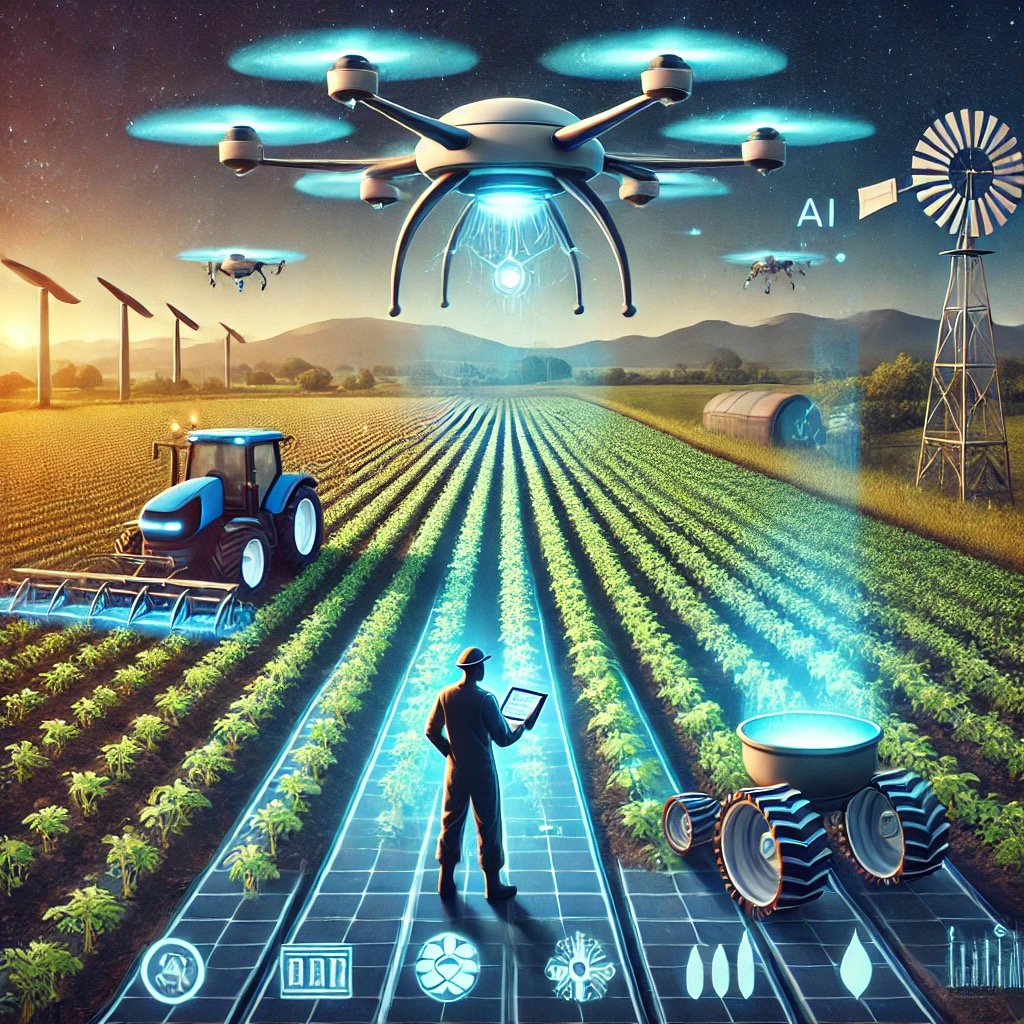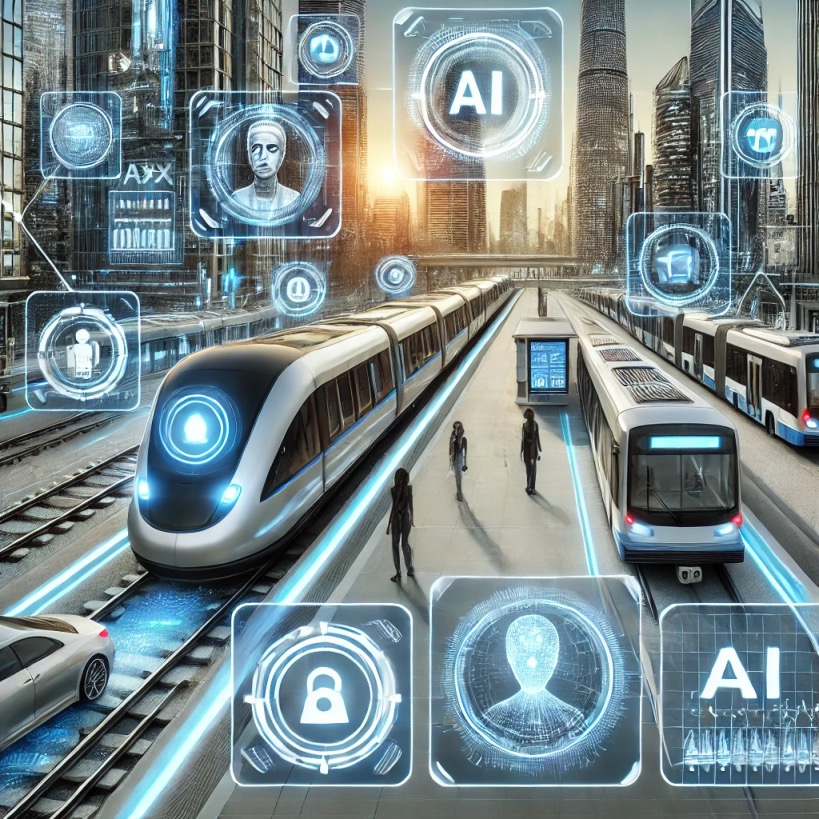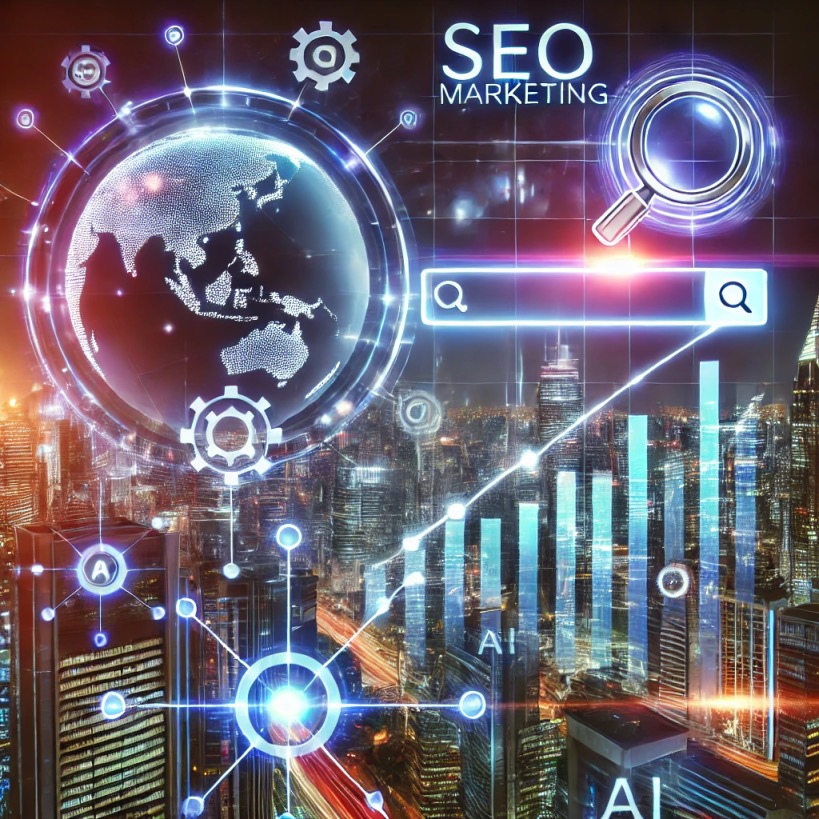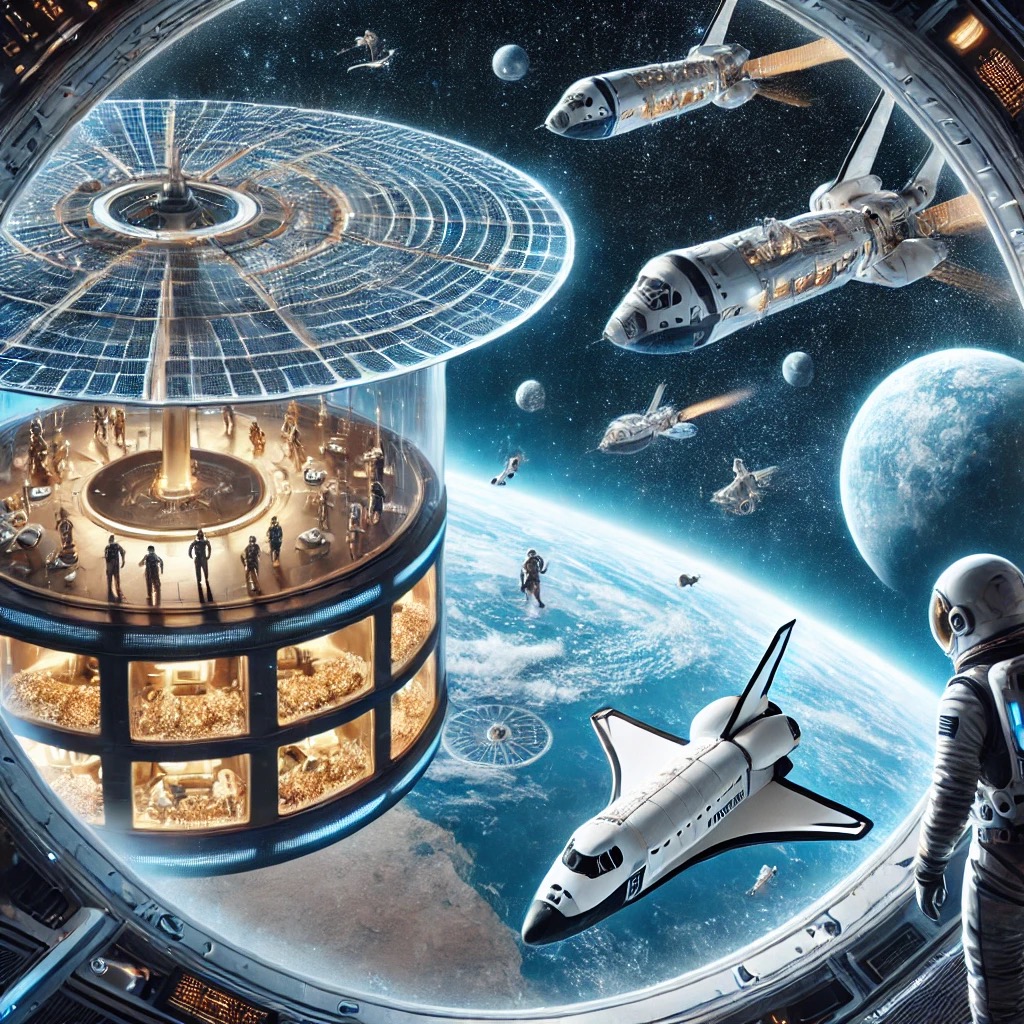The agricultural sector is undergoing a technological revolution, driven by the integration of drones , artificial intelligence (AI) , and other advanced technologies. This transformation, often referred to as precision farming , aims to optimize crop production, reduce resource waste, and increase sustainability. By leveraging drones and AI, farmers can monitor crops, analyze soil conditions, and make data-driven decisions that enhance productivity while minimizing environmental impact.
Below is an exploration of how drones and AI are transforming agriculture, the benefits they offer, the challenges they present, and the future of smart agriculture.
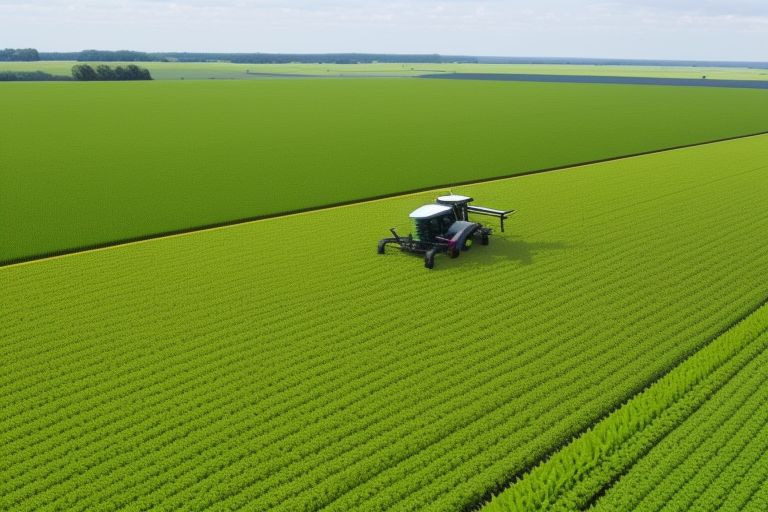

1. The Role of Drones in Smart Agriculture
Drones, or unmanned aerial vehicles (UAVs), have become indispensable tools in modern agriculture. Equipped with sensors, cameras, and AI-powered analytics, drones provide farmers with real-time insights into their fields.
a. Crop Monitoring
- High-Resolution Imaging : Drones equipped with multispectral, hyperspectral, or thermal cameras capture detailed images of crops, revealing issues such as nutrient deficiencies, pest infestations, and water stress.
- Early Detection : Farmers can identify problems early, allowing for timely interventions that prevent crop loss.
b. Field Mapping
- 3D Mapping : Drones create precise 3D maps of farmland, helping farmers plan planting patterns, irrigation systems, and drainage solutions.
- Topography Analysis : Drones assess terrain elevation and slope, which is critical for optimizing water flow and preventing soil erosion.
c. Spraying and Seeding
- Precision Spraying : Drones can apply fertilizers, pesticides, and herbicides with pinpoint accuracy, reducing chemical usage and minimizing environmental impact.
- Seed Planting : Some drones are designed to plant seeds directly into the soil, especially in hard-to-reach areas.
d. Livestock Monitoring
- Drones can track livestock movements, monitor herd health, and detect anomalies such as injured or missing animals.
2. The Role of AI in Precision Farming
AI complements drone technology by analyzing vast amounts of data collected from farms and providing actionable insights. AI algorithms enable predictive analytics, automation, and decision support systems.
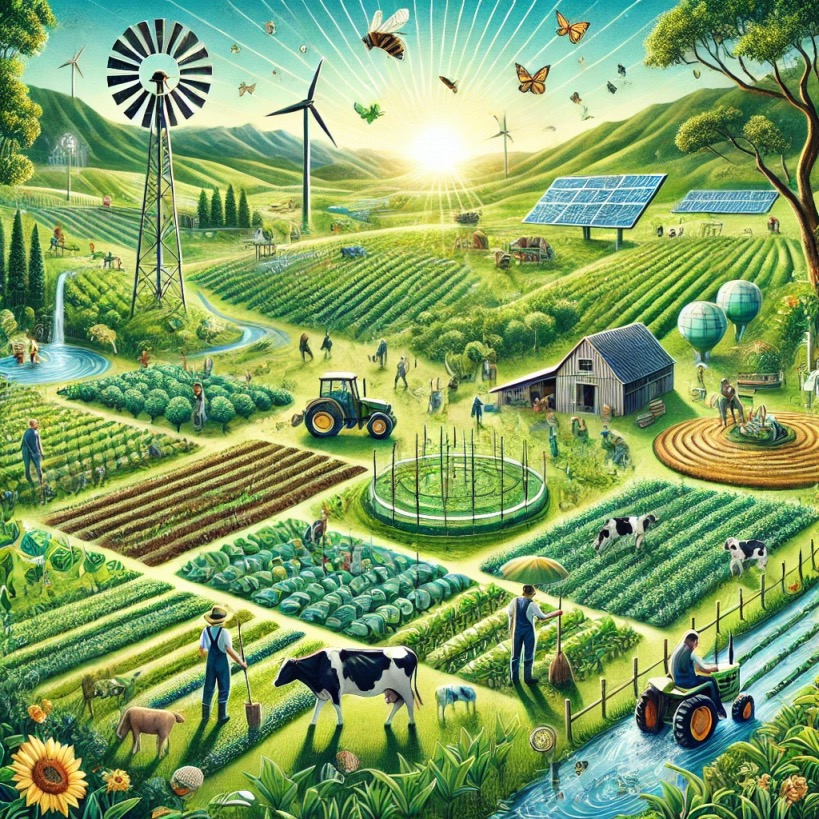
a. Data Analysis and Insights
- Image Processing : AI processes drone-captured images to identify patterns, such as crop health, weed growth, and soil moisture levels.
- Predictive Analytics : AI models predict crop yields, pest outbreaks, and weather impacts, helping farmers make informed decisions.
b. Automation
- Autonomous Machinery : AI-powered tractors, harvesters, and irrigation systems operate without human intervention, improving efficiency and reducing labor costs.
- Smart Irrigation : AI analyzes soil moisture and weather forecasts to optimize water usage, ensuring crops receive the right amount of water at the right time.
c. Pest and Disease Management
- AI identifies signs of pests or diseases in crops and recommends targeted treatments, reducing the need for broad-spectrum pesticides.
d. Supply Chain Optimization
- AI tracks produce from farm to market, optimizing logistics, reducing food waste, and ensuring freshness.
3. Benefits of Precision Farming with Drones and AI
a. Increased Efficiency
- Precision farming reduces waste by applying resources (water, fertilizers, pesticides) only where needed, leading to cost savings and higher yields.
b. Environmental Sustainability
- By minimizing chemical runoff and conserving water, precision farming reduces agriculture’s environmental footprint.
c. Improved Crop Quality
- Early detection of issues ensures healthier crops, leading to better-quality produce.
d. Labor Savings
- Automation reduces the need for manual labor, addressing workforce shortages in rural areas.
e. Scalability
- Drones and AI can be deployed on small family farms or large commercial operations, making precision farming accessible to diverse agricultural settings.
4. Challenges and Limitations
Despite its potential, precision farming with drones and AI faces several challenges:
a. High Initial Costs
- Purchasing drones, AI software, and related equipment can be expensive, particularly for small-scale farmers.
b. Technical Expertise
- Operating drones and interpreting AI-generated data require specialized skills, which may not be readily available in rural areas.
c. Regulatory Barriers
- Drone usage is subject to strict regulations in many countries, limiting flight altitude, range, and operational zones.
d. Data Privacy and Security
- Collecting and storing sensitive farm data raises concerns about privacy and cybersecurity.
e. Connectivity Issues
- Many rural areas lack reliable internet access, which is essential for transmitting data from drones to AI platforms.
5. Emerging Trends in Smart Agriculture
a. Integration with IoT
- Combining drones and AI with the Internet of Things (IoT) enables real-time monitoring of crops, soil, and weather conditions through interconnected sensors.
b. Autonomous Swarms
- Fleets of small, autonomous drones working together can cover large areas quickly and efficiently.
c. Blockchain for Traceability
- Blockchain technology ensures transparency in the supply chain, allowing consumers to trace the origin of their food.
d. Climate-Smart Agriculture
- AI models help farmers adapt to climate change by predicting extreme weather events and recommending resilient crop varieties.
6. Real-World Examples
a. DJI Agras Drones
- DJI’s Agras series of drones are widely used for crop spraying and mapping. These drones can cover hundreds of acres per day, significantly reducing labor requirements.
b. IBM Watson Decision Platform for Agriculture
- IBM’s AI platform provides farmers with insights into weather patterns, soil conditions, and crop health, enabling data-driven decisions.
c. John Deere’s Autonomous Tractors
- John Deere has developed self-driving tractors equipped with AI and GPS, allowing farmers to automate plowing, planting, and harvesting.
d. Gamaya
- Gamaya uses drones and AI to analyze crop health and predict yields, helping farmers optimize inputs and maximize productivity.
7. The Future of Smart Agriculture
As technology continues to evolve, the future of smart agriculture looks promising:
a. Wider Adoption
- Advances in affordability and ease of use will make precision farming accessible to more farmers worldwide.
b. Enhanced AI Capabilities
- AI will become more sophisticated, enabling real-time decision-making and adaptive farming practices.
c. Global Collaboration
- Governments, tech companies, and research institutions will collaborate to develop standardized solutions for smart agriculture.
d. Sustainable Practices
- Precision farming will play a key role in achieving global sustainability goals, such as reducing greenhouse gas emissions and conserving water.
8. Conclusion
Precision farming with drones and AI represents a paradigm shift in agriculture, offering solutions to some of the industry’s most pressing challenges. By harnessing these technologies, farmers can achieve greater efficiency, sustainability, and resilience in the face of growing global demands and climate change.
However, realizing the full potential of smart agriculture requires addressing barriers such as cost, education, and regulation. With continued innovation and collaboration, drones and AI have the power to transform agriculture into a high-tech, data-driven industry that feeds the world sustainably.
The journey toward smart agriculture is just beginning, but its impact on food security, environmental conservation, and rural economies could be profound. As we embrace this new era, the fusion of technology and tradition promises to redefine farming for generations to come.
